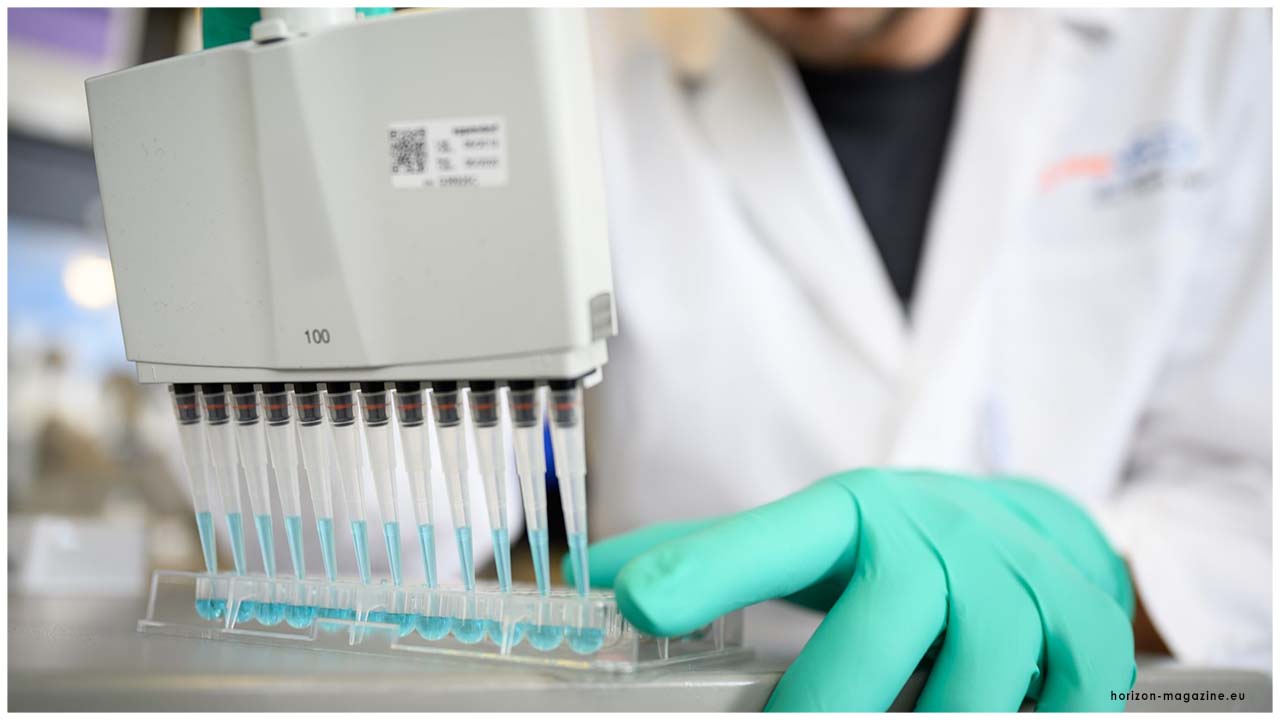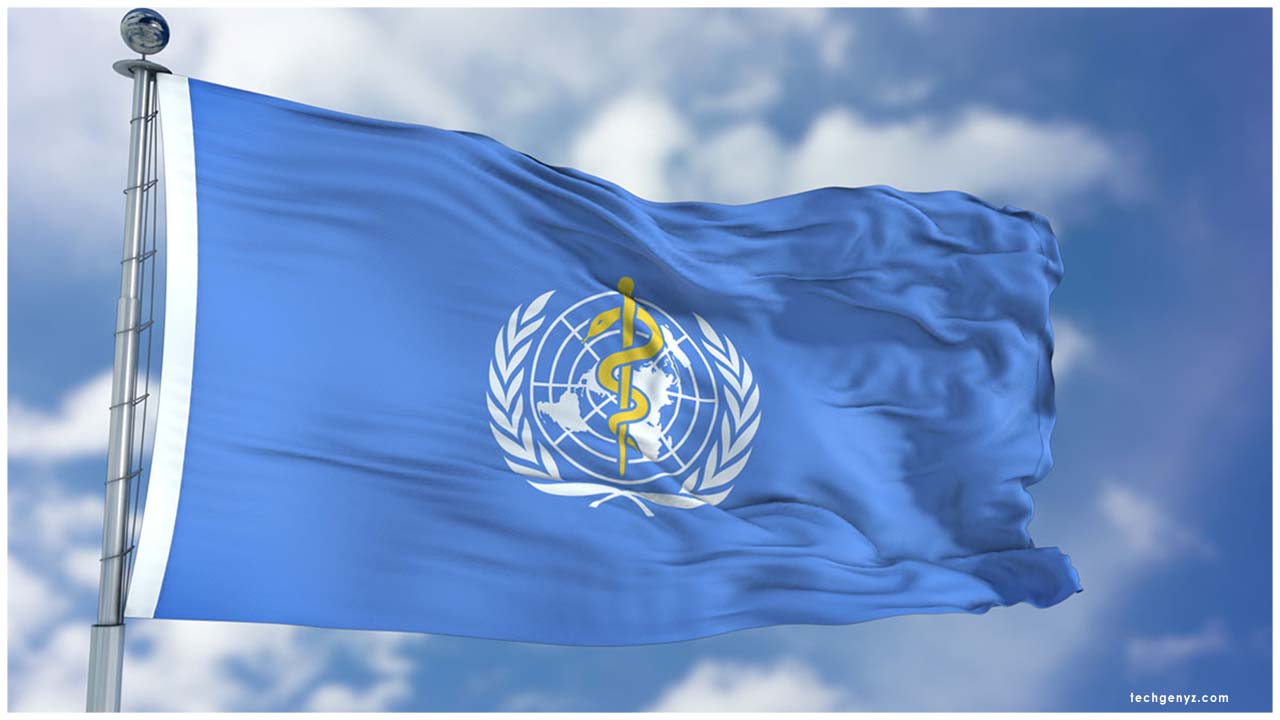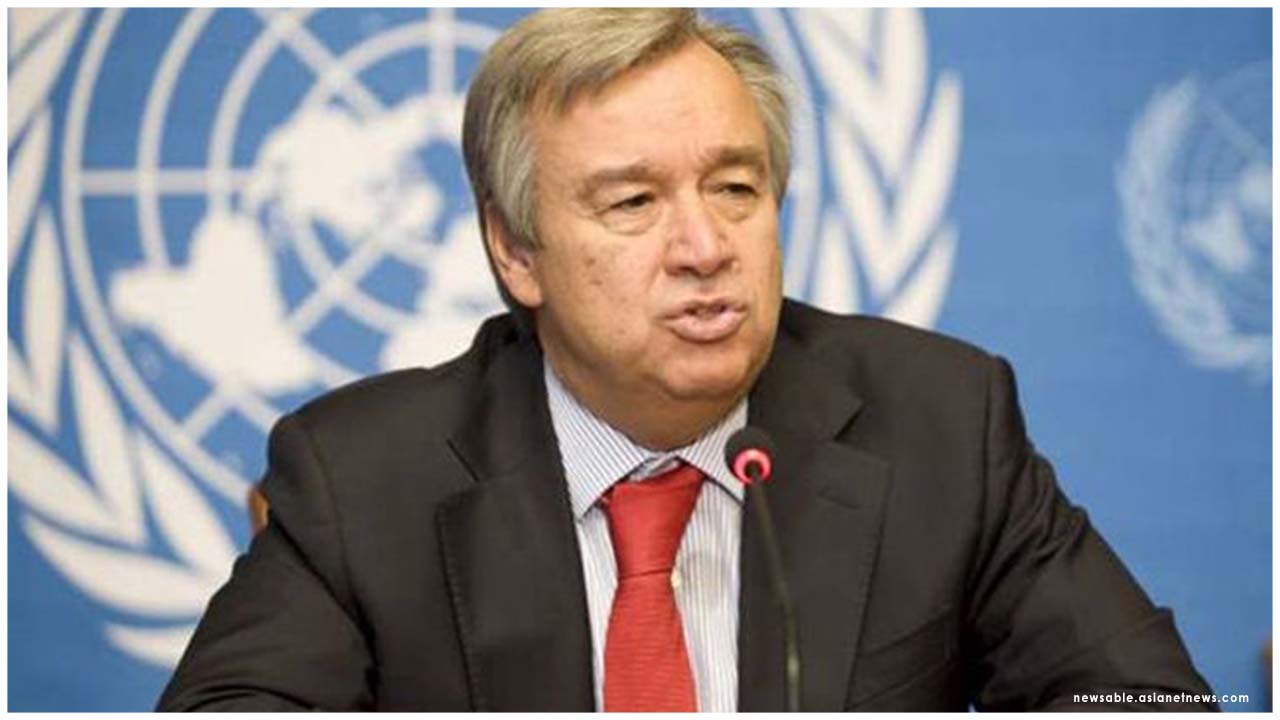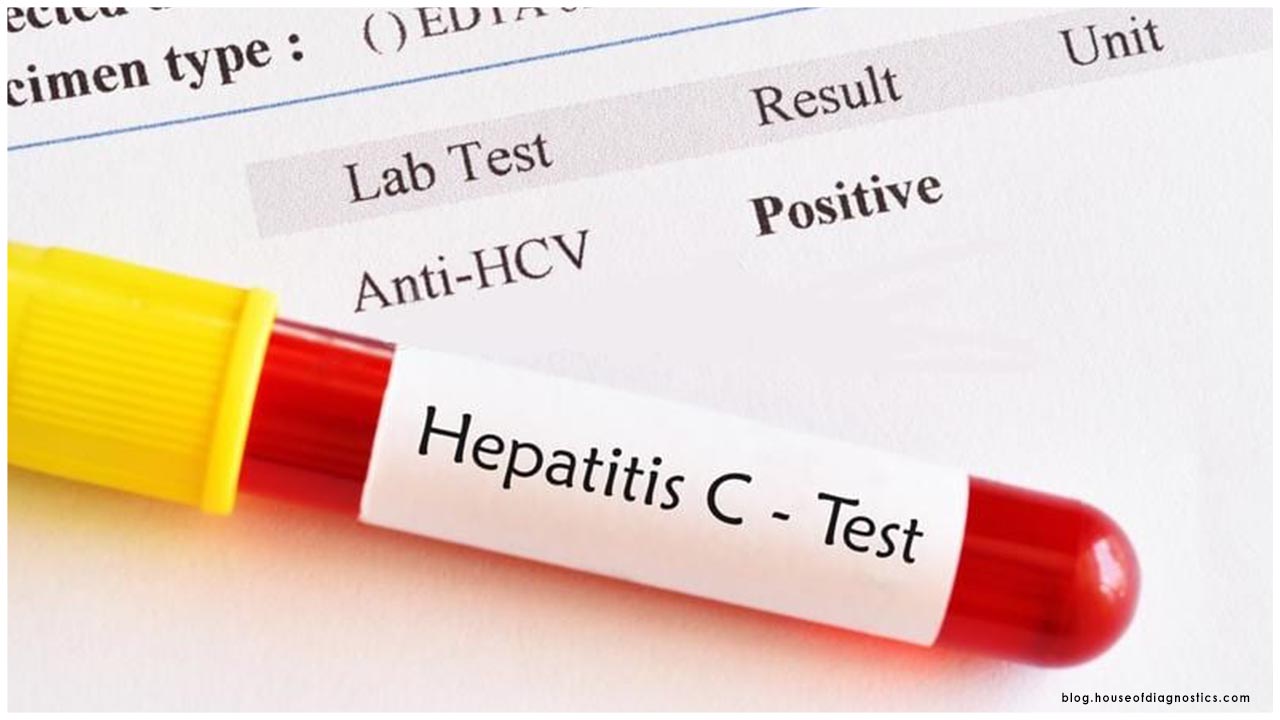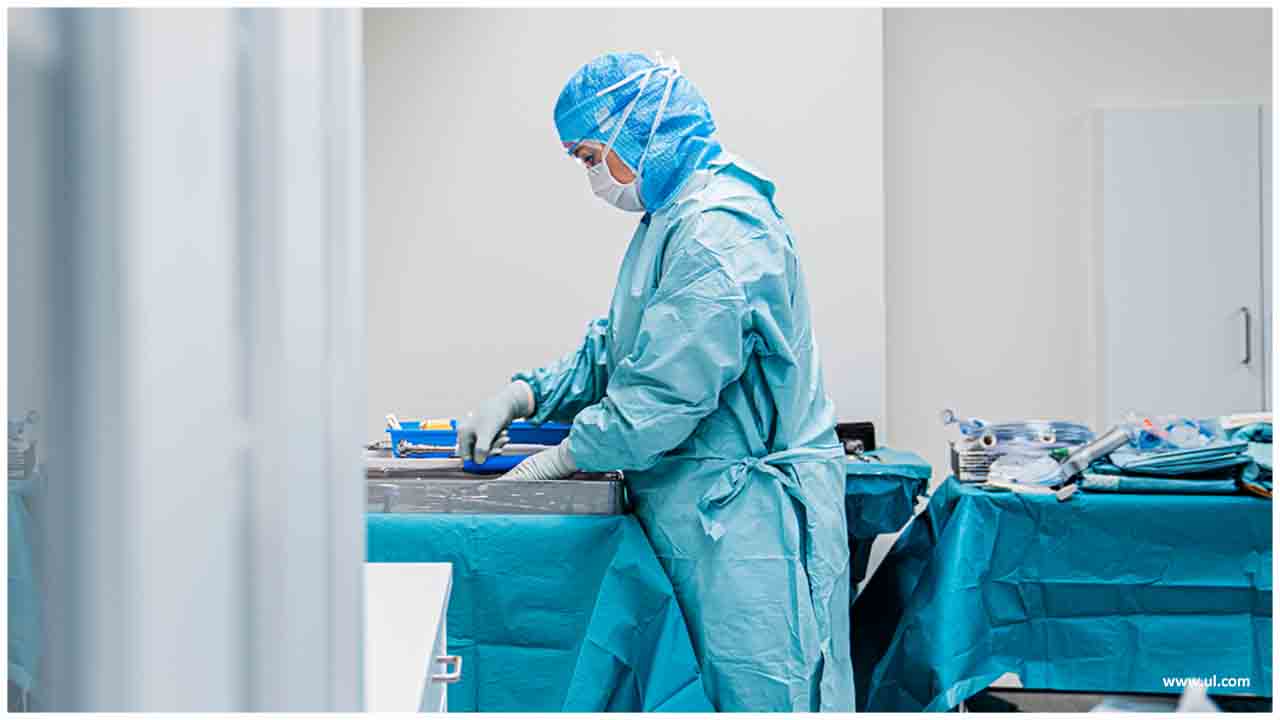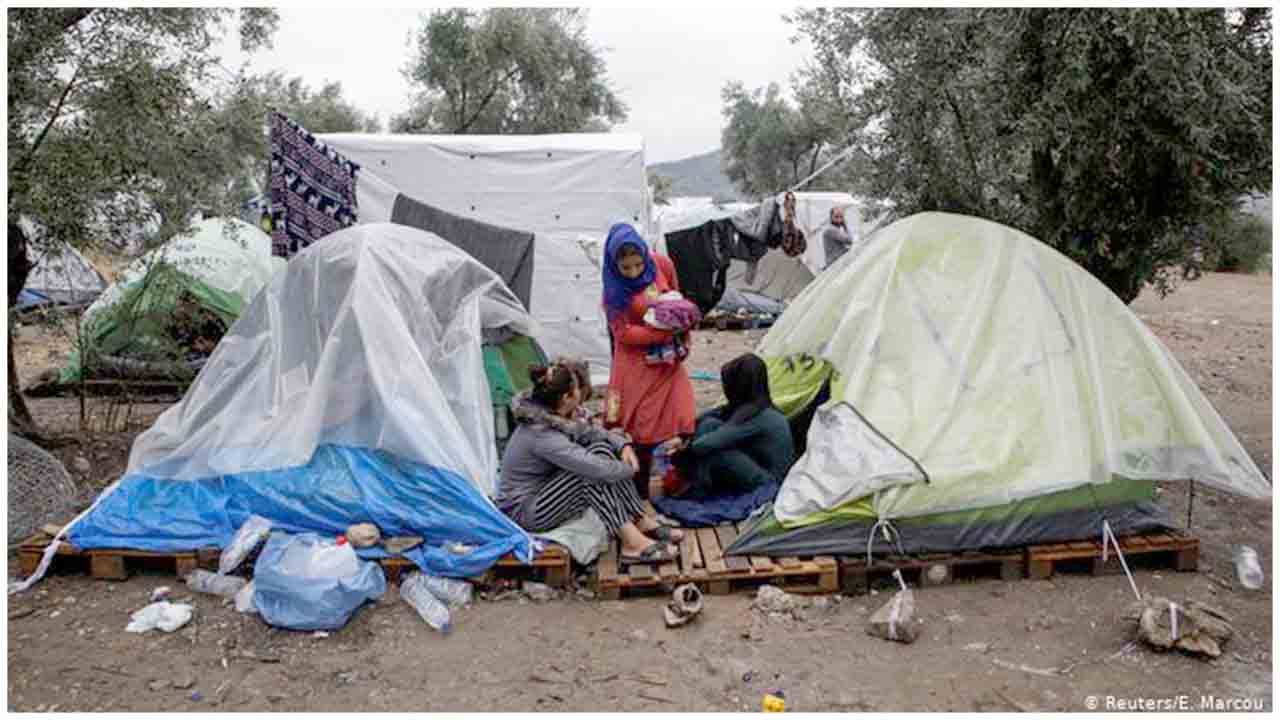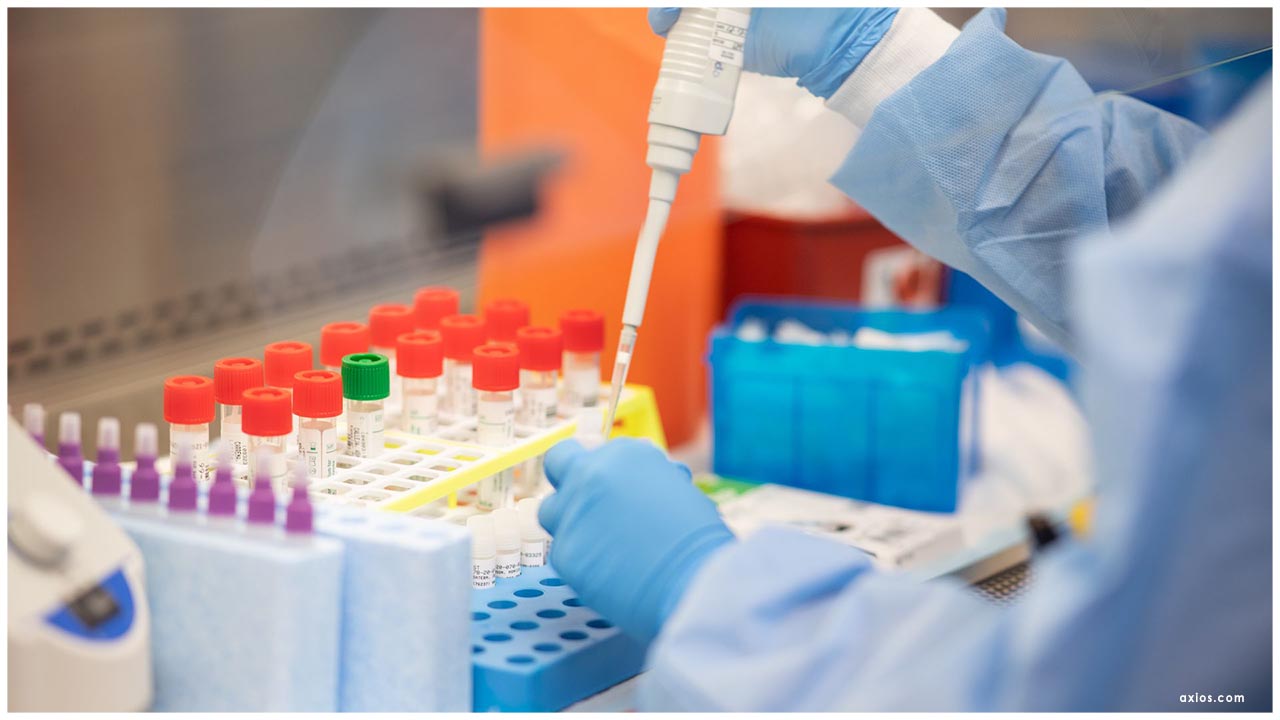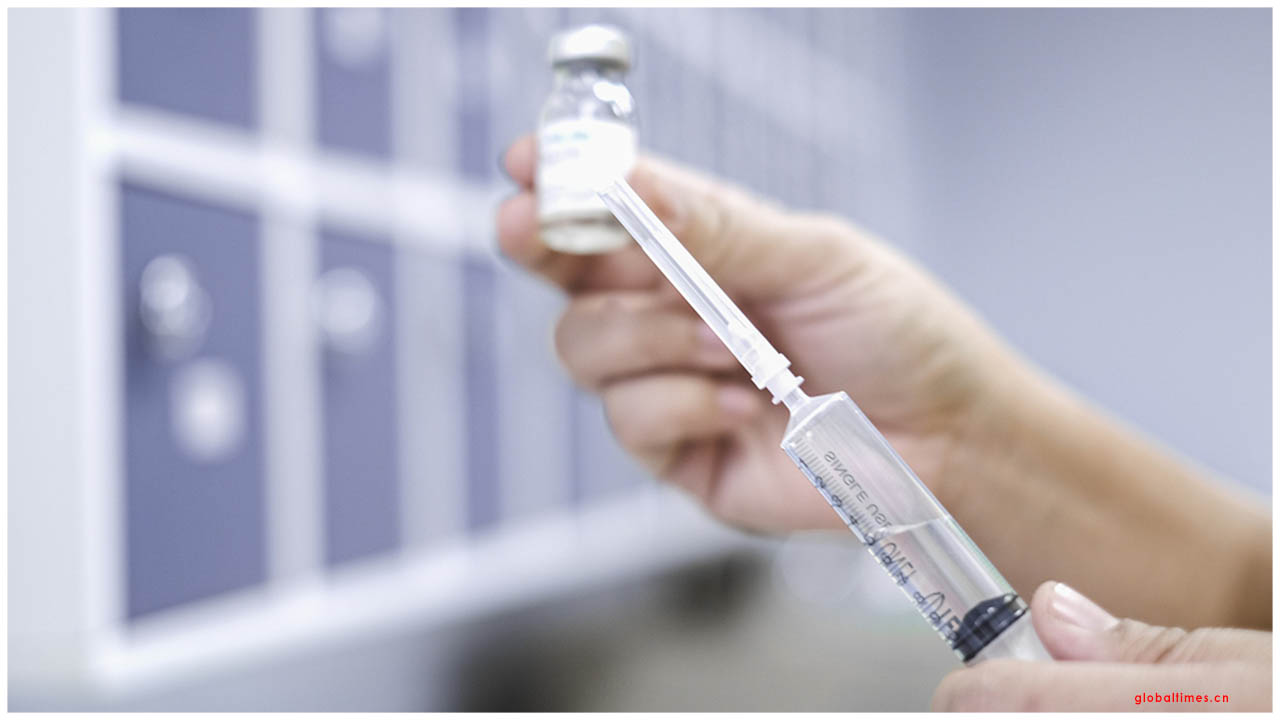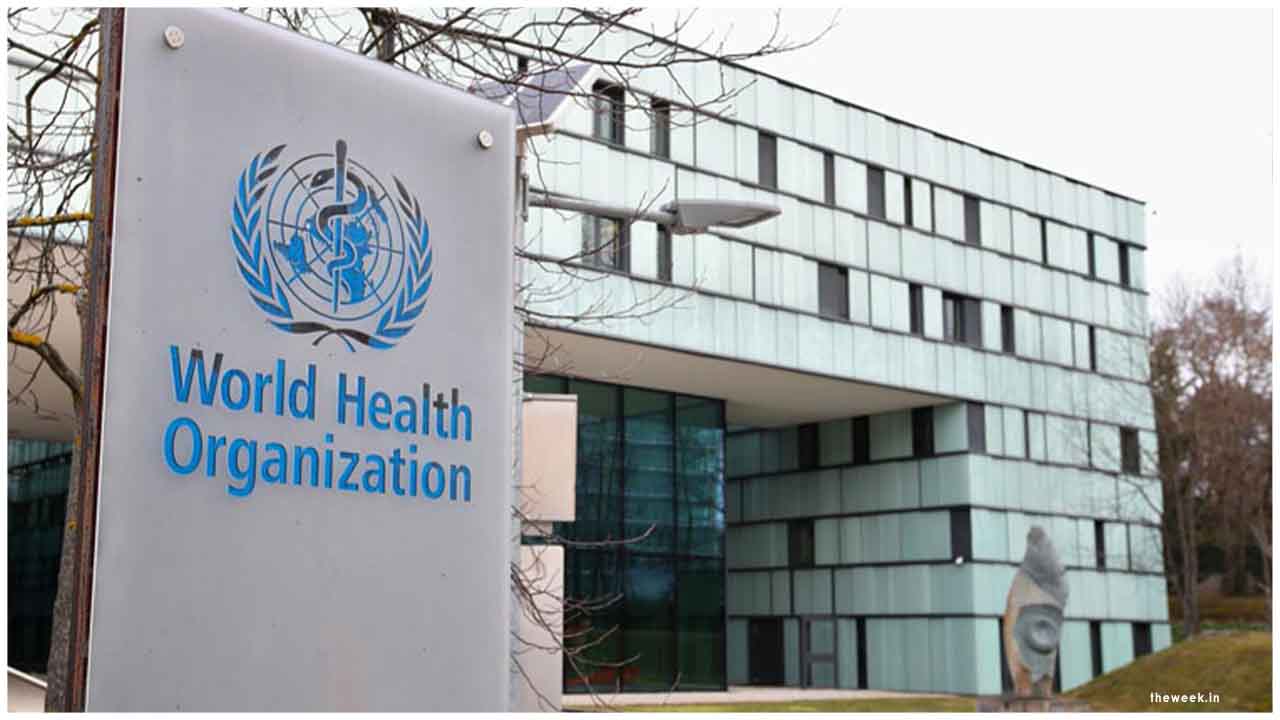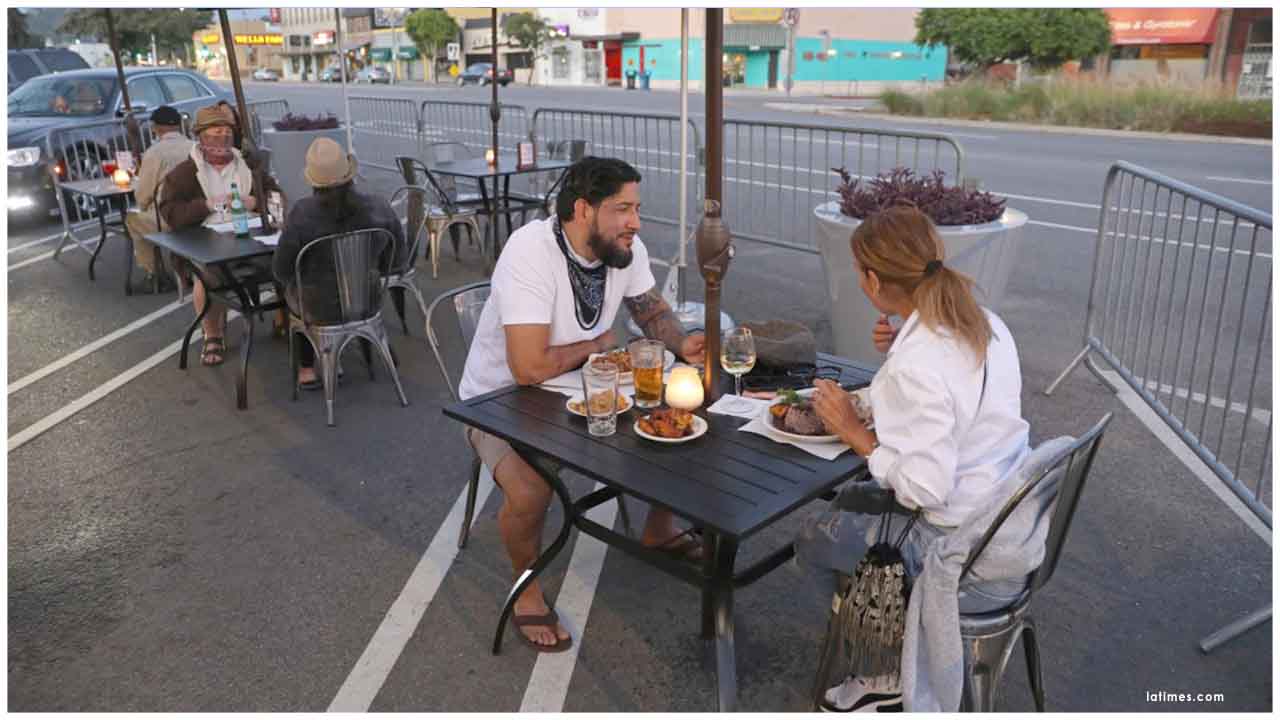Kids more youthful than five conveyed significant measures of coronavirus in their upper respiratory parcel, a little report distributed on Thursday appeared, bringing up new issues about whether children can contaminate others.
Information on kids as wellsprings of coronavirus spread are scanty, and early reports didn't discover solid proof of youngsters as significant supporters of the dangerous infection that has murdered 669,632 individuals all-inclusive.
Understanding the transmission potential in kids will be critical to creating general wellbeing rules, said the analysts who distributed the examination in the diary JAMA Pediatrics.
Between March 23 and April 27, 2020, an exploration group from Ann and Robert H. Lurie Children's Hospital and Northwestern University tried swab assortments from inpatient, outpatient, crisis division, and drive-through testing destinations in Chicago, Illinois.
The examination included 145 people matured between one month and 65 years with gentle to direct COVID-19 who were concentrated in three gatherings - youngsters more youthful than five years, kids 5 to 17 years, and grown-ups 18 to 65 years.
Their investigation proposes the small kids had a viral burden 10-crease to 100-overlay more noteworthy than grown-ups in their upper respiratory lots.
Viral burdens in more seasoned youngsters with COVID-19 are like levels in grown-ups. This investigation discovered more prominent measures of viral nucleic corrosive - the hereditary codes for proteins to create new infections - in kids more youthful than 5 years.
The investigation just took a gander at viral nucleic corrosive and not an irresistible infection, which means it isn't clear if the youngsters would spread the infection.
In any case, the commonness in little youngsters raise worries about their social propensities, and their nearness in schools and daycare focuses as general wellbeing limitations are facilitated, scientists said.
Notwithstanding general wellbeing suggestions, the analysts said the outcomes could help put the attention on this populace while focusing on vaccination endeavors when COVID-19 antibodies become accessible.
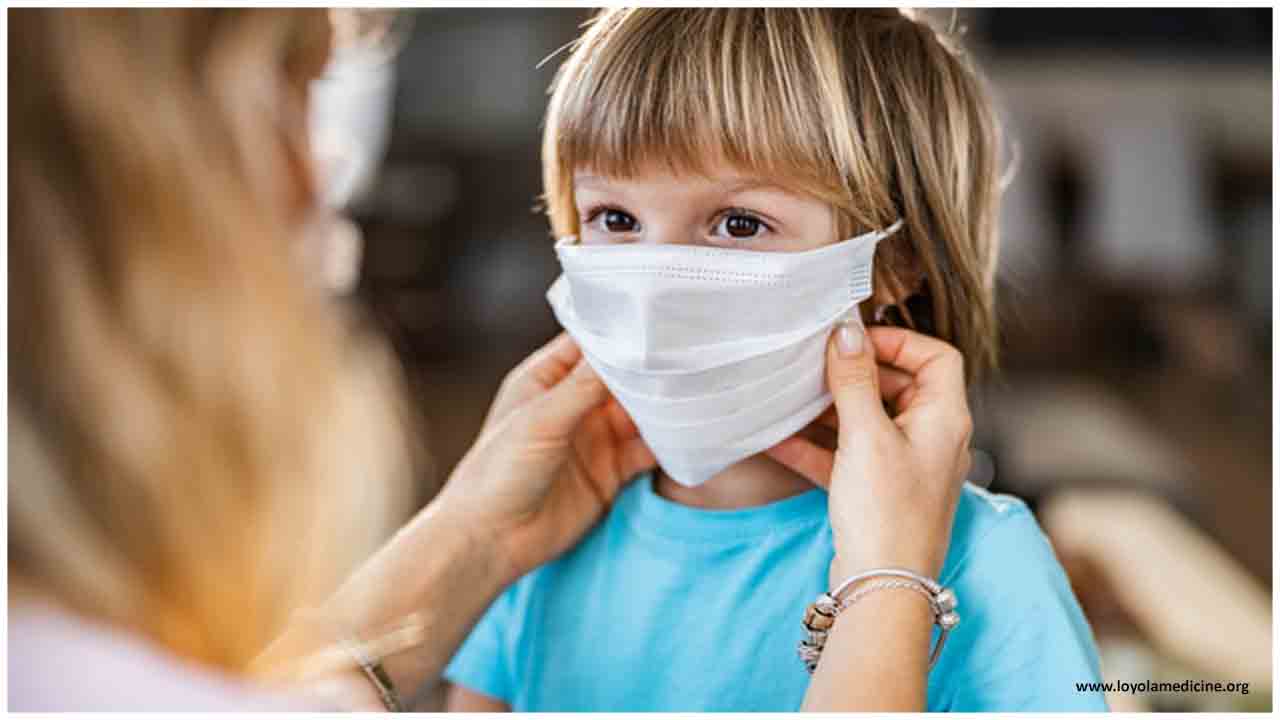
 The prevalence of coronavirus in young children raises concerns about their behavioural habits, and their proximity in schools and day care-centres as public health
The prevalence of coronavirus in young children raises concerns about their behavioural habits, and their proximity in schools and day care-centres as public health 








